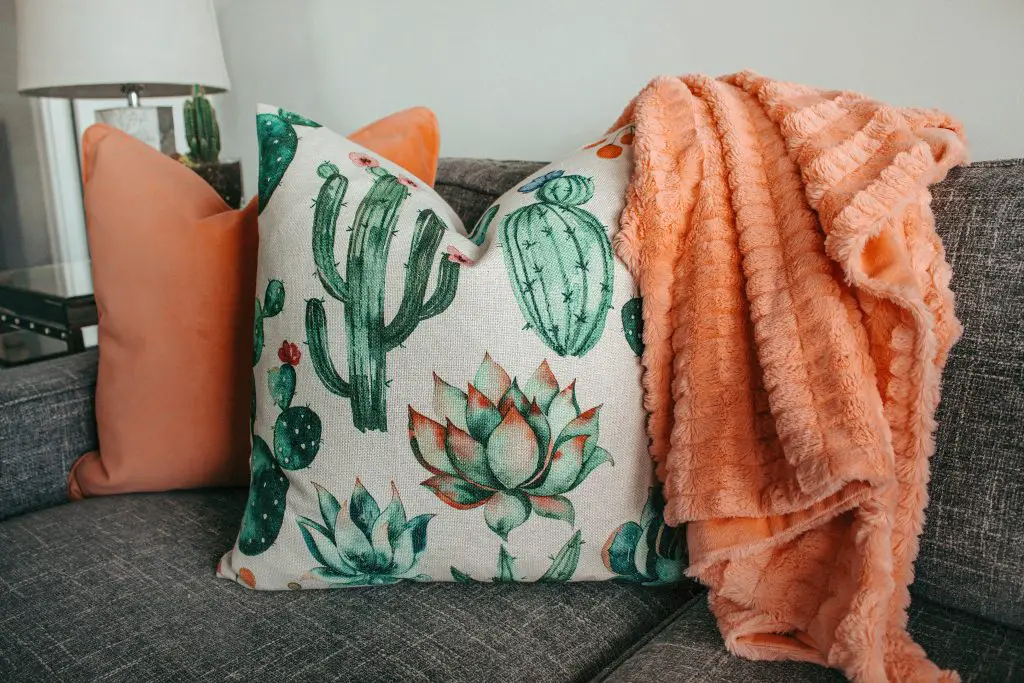If you’ve searched, “Does sofa and loveseat have to match?”, you’re not alone. Many people find themselves in a decorating dilemma when it comes to coordinating their living room furniture. This article aims to provide you with step-by-step guidance to solve this common issue.

Overview
Contrary to popular belief, your sofa and loveseat don’t have to match perfectly to create a harmonious and inviting living space. In fact, mismatching furniture pieces can give your room a more personalized, curated feel that reflects your unique style.
There are several approaches to consider when pairing your sofa and loveseat: you can go for a matching look for a classic, streamlined appearance; opt for complementary pieces that share some similarities but aren’t identical; or even choose contrasting furnishings that make a bold statement.
Each of these paths offers its own set of advantages and considerations, so let’s delve into them to help you determine which approach best suits your needs and personal taste.
Going for the Matching Look
The most straightforward route to a matching sofa and loveseat is to buy them as a set, usually available at most furniture retailers. When you buy a set, you can be confident that the pieces will have the same material, color, and design.
This approach is particularly helpful if you’re looking to achieve a unified look effortlessly. However, remember that matching sets can sometimes give off a more traditional or formal vibe, so consider the overall style you’re aiming for in your living room.
If you’re sourcing your furniture pieces separately or you already own one, the key is to ensure that both the sofa and loveseat share the same material and color. Double-check swatches and, if possible, examine the furniture in various lighting conditions as colors can appear different depending on the light.
Choosing Complementary Pieces
Here are things to consider…
Embrace the Eclectic: Identifying Dominant Colors
If you’re leaning towards a more eclectic style for your living room, the first step is to identify the dominant colors that already exist in your space. These could be the hues prominently featured on your walls, in your area rugs, or even in artworks or other decorative elements that occupy the room.
Take note of these colors, perhaps even taking pictures or samples to have as reference. This will serve as your starting point in the quest for a complementary sofa and loveseat.
The Role of Shades and Tones
Once you have identified the dominant colors, your next task is to look for a sofa and loveseat that offer shades or tones that match or harmonize with them. For instance, if your living room has warm earth tones, a beige or brown sofa and loveseat could create a seamless look.
Or if your space features cooler tones like blues and greys, a navy or slate loveseat could complement a sky-blue sofa beautifully. The key here is to maintain visual cohesion without necessarily having to buy matching sets. This approach not only allows for greater flexibility but also adds layers and depth to the overall design of the room.
Texture: The Subtle Unifier
Texture is an often-overlooked design element that can significantly impact the feel and ambiance of a space. Even if your sofa and loveseat don’t match in color or pattern, having them in a similar texture can impart a sense of harmony and unity. This is where material choice comes into play.
For example, if you already own a leather sofa, you might consider a leather loveseat in a different but complementary color. The shared texture and material will tie the pieces together. The same principle applies to fabric furniture. A fabric sofa and loveseat may not need to share the same pattern or even color, but a similar texture—be it linen, velvet, or chenille—can produce a balanced, well-curated appearance.
Pattern Play
If your sofa or loveseat comes in a pattern, you can also leverage this to create a complementary effect. Choose a pattern for one piece that includes colors from the other, thereby establishing a direct visual link between them. Just be cautious not to go overboard with too many patterns, as this could lead to a visually chaotic space.
Opting for Contrasting Furnishings
If you want to go for a bold look, decide which piece—either the sofa or the loveseat—will serve as the focal point of the room. Then, select a complementary but contrasting color or pattern for the other piece.
This can create a dynamic, modern atmosphere. For example, a vibrant red sofa could be offset beautifully by a subdued gray loveseat.
Accessories such as cushions, throws, and rugs can serve as connective elements between contrasting pieces. Choose accessories that incorporate colors or textures from both pieces to bring a sense of unity. For example, a cushion that matches the color of your sofa can be placed on the loveseat, tying the two together.
Expert Tips for Cohesive Design
If you’re still uncertain about how to best pair your sofa and loveseat, it’s always a good idea to consult trustworthy interior design blogs or even hire a professional interior designer for customized advice.
Experts can provide insights tailored to your specific space, preferences, and needs, helping you make an informed decision.
For more articles on sofas, click here: Sofas: Easy Guide to Understanding Sofas and Related Furniture
Conclusion: Does Sofa and Loveseat Have to Match?
So, does sofa and loveseat have to match? The answer is, not necessarily. You have the flexibility to decide how you want to style your living space.
